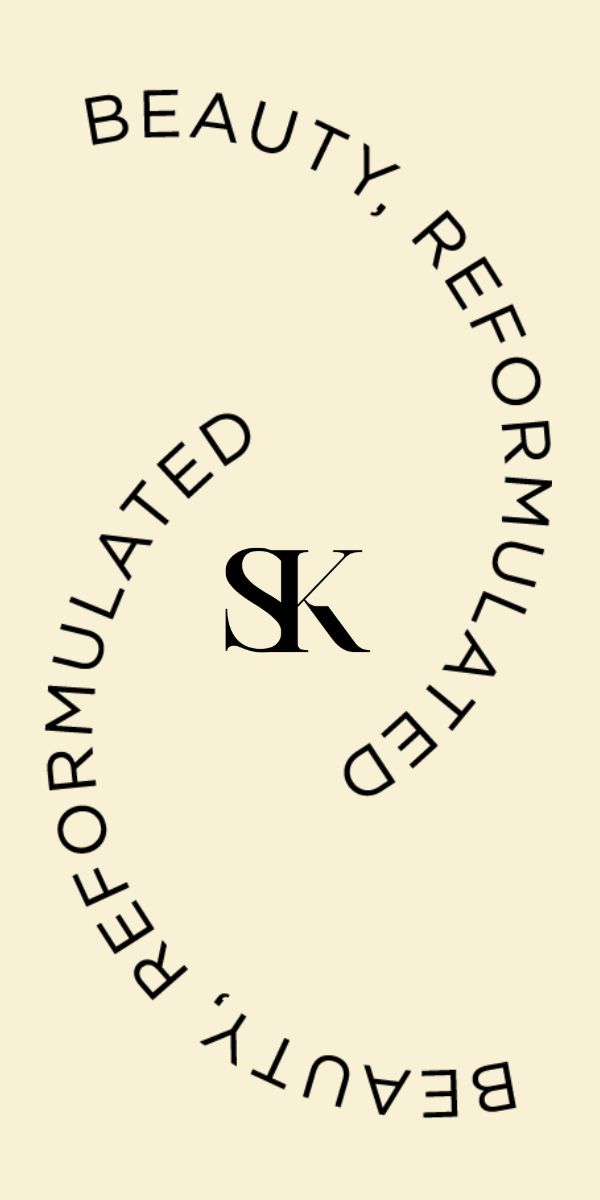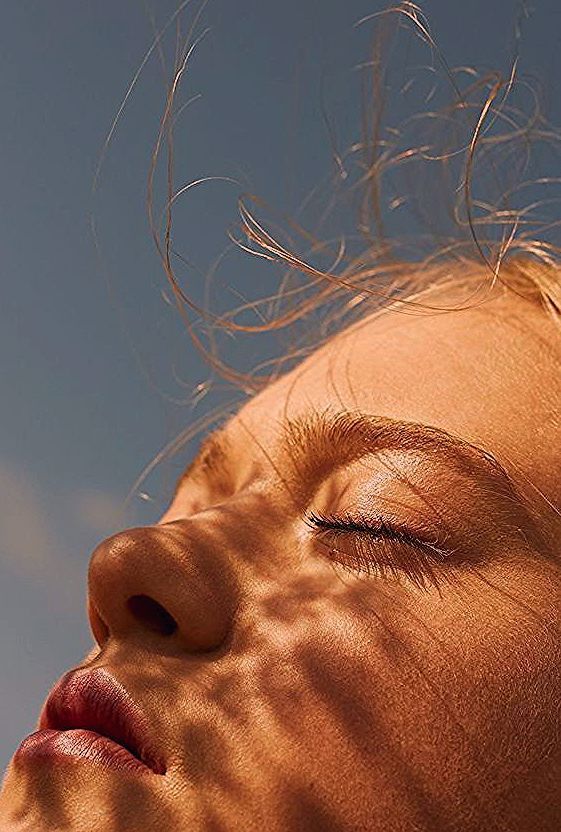
Combination Skin Characteristics
With all of the information out there, knowing your skin type can be a little confusing. Combination skin typically features the following characteristics:
- Oily t-zone and dry skin on the cheek
- Breakouts are more common in the t-zone, while flakiness and tightness is more frequent around the cheeks area
- Enlarged pores, especially on the nose
- Your t-zone gets shinier as the day goes on, but your cheeks normally stay matte or dry
What causes Combination Skin?
Combination skin is a peculiar type because it especially fluctuates with weather. Skin may become oilier during hot and humid weather, or feel tight and dry during the colder months. It’s never one symptom. Unfortunately, it’s always a mixed bag.
With combination skin, the oil glands in your t-zone are working in overdrive, overproducing oil along your forehead, nose and chin. Meanwhile, your cheeks aren’t producing enough sebum, resulting in dryness and flakiness.
Not fun, we know — but the key to maintaining combination skin is balance. You need a variety of products that help control the overproduction of oil, without drying out drier areas of your skin.
How to care for Combination Skin
The key here is balance. Aim for a routine that caters both to dry and oily skin.
1. Use a gentle cleanser
It’s tempting to use a harsh cleanser, but don’t give in! Opt for a cleanser that is gentle and contains some hydrating ingredients. It should also be pH-balanced, so it doesn’t irritate your skin.
You might want to consider having two different cleansers in your routine. Use a foaming cleanser in the morning to remove any dirt from the night before. Then, use a cream or oil-based cleanser in the evening to break down sunscreen, makeup, dirt and debris.
Recommended products:
- Kiehl’s Ultra Facial Cleanser
- CeraVe Hydrating Foaming Oil Cleanser
- CosRX Low-PH Good Morning Gel Cleanser
2. Balance it out with soothing active ingredients
Our top vote for combination skin? Vitamin B, also known as niacinamide.
It’s a potent yet gentle active ingredient that offers a slew of benefits for combination skin including (but not limited to):
- Balances oil production
- Reduces inflammation and redness – perfect for those with acne
- Renews and restores the surface of your skin against moisture loss and dehydration
- Offers deep hydration to the thirsty skin
Vitamin A and E are also good choices to consider. Vitamin A, like retinol, is an all-rounder that addresses ageing, wrinkles, fine lines and dull complexions caused by dryness. Meanwhile, Vitamin E is a strong antioxidant that helps to heal skin and protect it from damage caused by external weather.
If the serum contains humectants, even better! These attract moisture from the air into the skin. Glycerin and Hyaluronic Acid are the common culprits. But the best thing about humectants? They have the ability to hydrate your skin without adding extra oil. No shine. NO breakouts. Just healthy skin.
Recommended products:
- Synergie Skin Vitamin B Serum
- Alpha-H Vitamin E Serum with 1% Ceramide Complex
- La Roche Posay Retinol B3 Anti-Ageing Serum
3. Aim for a lightweight moisturiser with hydrating ingredients
This is a never-ending battle for those with combination skin. You want a moisturiser that’s hydrating enough, but not too hydrating it’ll cause breakouts. It’s the worst, we know.
When finding the right moisturiser for you, use one that feels light in texture but still contains humectants like glycerin and nourishing hydrating ingredients like ceramides.
Occlusive ingredients, like petrolatum, are also fine but approach with caution as they might clog pores in your t-zone.
If you’re struggling, you may want to use two different moisturisers. A lightweight one in the morning, then a thicker one in the evening.
Recommended products:
4. Gently exfoliate 1-2 times a week
Alpha Hydroxy Acids (AHA) and Beta Hydroxy Acids (BHA) are your friends.
AHAs are water-soluble chemical exfoliants, working on the surface of the skin and dissolving dead skin cells. BHAs are oil-soluble chemical exfoliants, so they can penetrate your skin’s sebaceous glands and unclog pores.
For combination skin, you’ll get the best results if you use both types. Luckily, there are many products on the market that contain both acids in balanced, concentrated formulas. If you’re worried about skin sensitivity, you can always use a separate AHA exfoliant and BHA exfoliant.
Recommended products:
- Paula’s Choice SKIN PERFECTING 2% BHA Liquid
- Paula’s Choice Skin Perfecting 25% AHA + 2% BHA Exfoliant Peel
- Alpha-H Liquid Gold with 5% Glycolic Acid
5. Opt for a non-drying weekly face mask
Clay masks, especially ones with bentonite, are perfect for oily t-zones. Clay masks can absorb excess oil and remove any dirt stuck in your pores that can lead to breakouts.
If you want to use a clay mask, only use it on your t-zone. Or, consider multi-masking. Use a clay mask on the t-zone, and a creamy, hydrating mask on your cheeks.
Recommended products:
6. Carry around blotting paper at all times
Blotting papers will be your best friend throughout the day, keeping the shiny look at bay. Your t-zone will love you for it!
Recommended products:
- The Face Shop Oil Blotting Films
- Innisfree Jeju Volcanic Oil Control Paper
- MECCA MAX Life Proof Hemp Blotting Papers
The Edit
- Kiehl’s Ultra Facial Cleanser
- CeraVe Hydrating Foaming Oil Cleanser
- CosRX Low-PH Good Morning Gel Cleanser
- Synergie Skin Vitamin B Serum
- Alpha-H Vitamin E Serum with 1% Ceramide Complex
- La Roche Posay Retinol B3 Anti-Ageing Serum
- CeraVe Daily Moisturising Lotion
- Kiehl’s Ultra Facial Cream
- Avène Tolerance Extreme Renovation Cream
- Paula’s Choice SKIN PERFECTING 2% BHA Liquid
- Paula’s Choice Skin Perfecting 25% AHA + 2% BHA Exfoliant Peel
- Alpha-H Liquid Gold with 5% Glycolic Acid
- Kiehl’s Rare Earth Deep Pore Cleansing Mask
- Embryolisse Hydra-Mask
- Avène Soothing Radiance Mask
- The Face Shop Oil Blotting Films
- Innisfree Jeju Volcanic Oil Control Paper
- MECCA MAX Life Proof Hemp Blotting Papers



